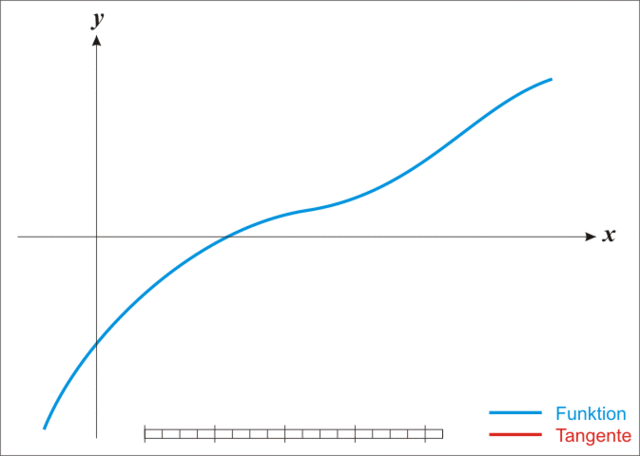Interest Rate - Annual
Tags | |
UUID | 1d5f206a-ad84-11e4-a9fb-bc764e2038f2 |
The Annual Interest Rate calculator computes the annual interest rate for a fixed rate loan.
INSTRUCTIONS: Choose the preferred currency units and enter the following:
- (P) This is the original principal of the loan
- (N) This is the duration of the loan
- (Pmt) This is the monthly payment amount
Annual Interest Rate: The calculator return the annual % interest rate.
Related Calculators:
- Monthly Interest Rate: : This computes the monthly interest rate on a fixed rate loan based on the monthly payment, duraton of the loan and principal amount.
- Monthly Payment: : This computes the monthly payment on a fixed rate loan based on the annual interest rate, duraton of the loan and principal amount.
The Math / Science
A loan which has a fixed interest rate, r, and N equal monthly payments of the amount, Paymnt, can be characterized by the equation:
`P*r = "Paymnt" * ( 1 - 1/(1+r)^N )`
Rearranging we can define: `f(r) = P/"Paymnt" *r +1/(1+r)^N - 1`
Setting `f(r) = 0` to find the roots of this function, we can now use the iterative Newton Raphson Method to find the annual interest rate, r. 
Newtonian Iteration Animation, Wikipedia / Ralph Pfeifer
CC BY-3.0
Newton Raphson Method1
The Newton Raphson Method is an iterative numerical analysis method for finding the roots of a real-value function. We want to find in this case the interest rate, r, that is where `f(r) = 0`.
The Newton Raphson Method makes successively better approximations of the value of r by using the derivative of `f(r)`, which we denote `f'(r)`, to define the tangent at the point `[r_n, f(r_n)]`. Each successive approximation uses the tangent thus derived for `r_n`, which will intersect the x-axis at the next value `r_(n+1)`.
If we pick a first guess interest rate, `r_0`, the Newton Raphson Method tells us that a next better approximation is given as follows:
`r_1 = r_0 - f(r_0) / (f'(r_0))`
If we look at the example graph at the right of the function, `f(x)`, the x-value approximation where the function crosses the x-axis at `x_1` is the intersection with the x-axis of the tangent to the graph which touches the curve `f(x)` at the point `(x_0, f (x_0))`.
The Newton Raphson Method generalizes the successive better approximations of the function's root (where the function intersects the x-axis) with the following equation:
`x_(n+1) = x_n - f(x_n) / (f'(x_n))` This equation iterates over some number of successive approximations of `x_(n+1)` and arrives quickly at a very close approximation of the interest rate, `r_(n+1)`.
- Comments
- Attachments
- Stats
No comments |
